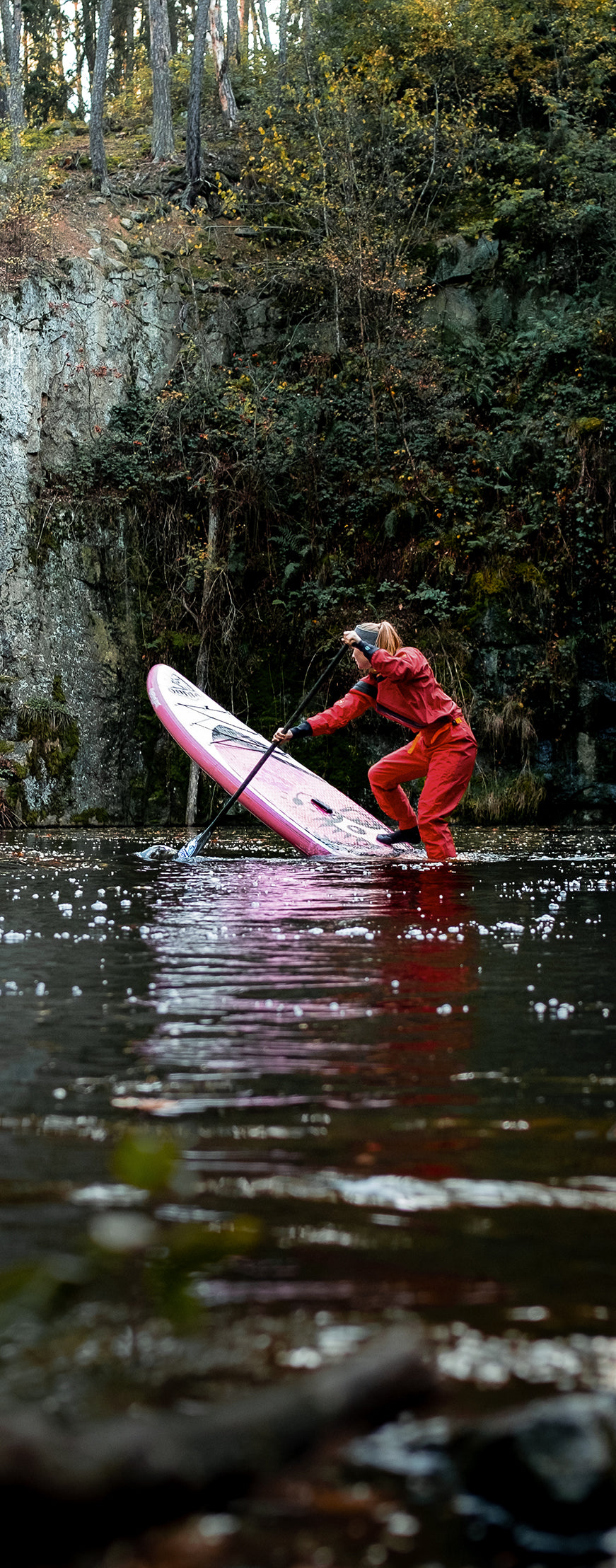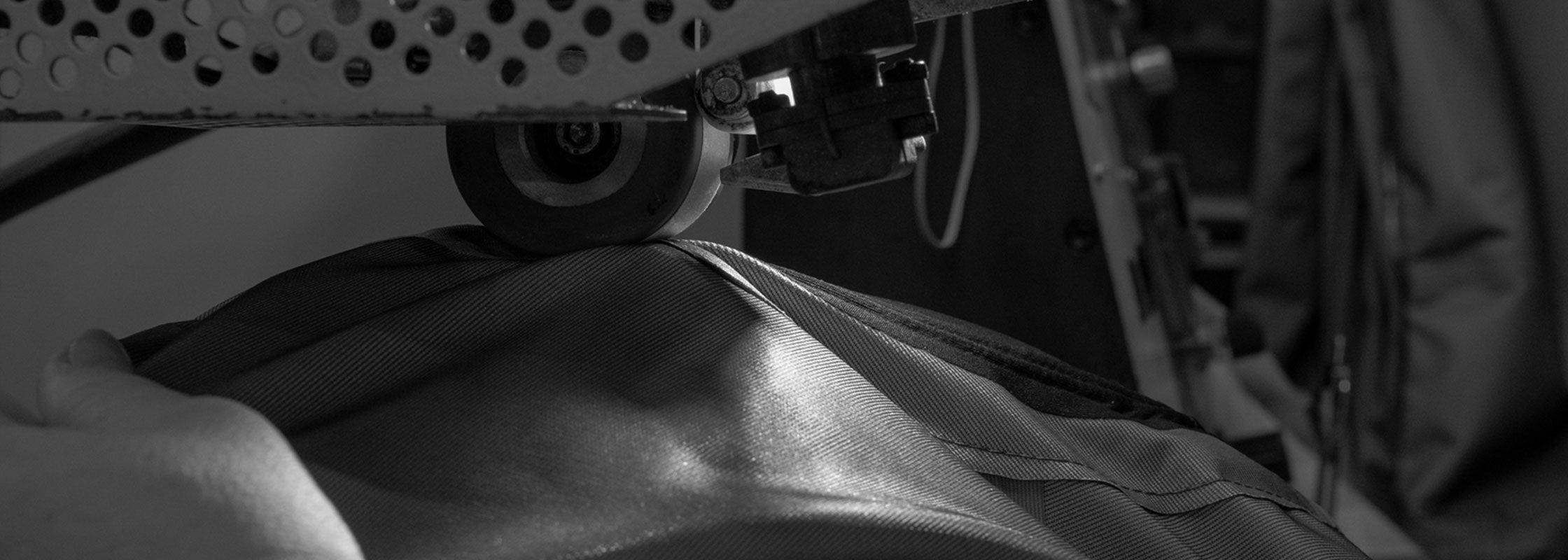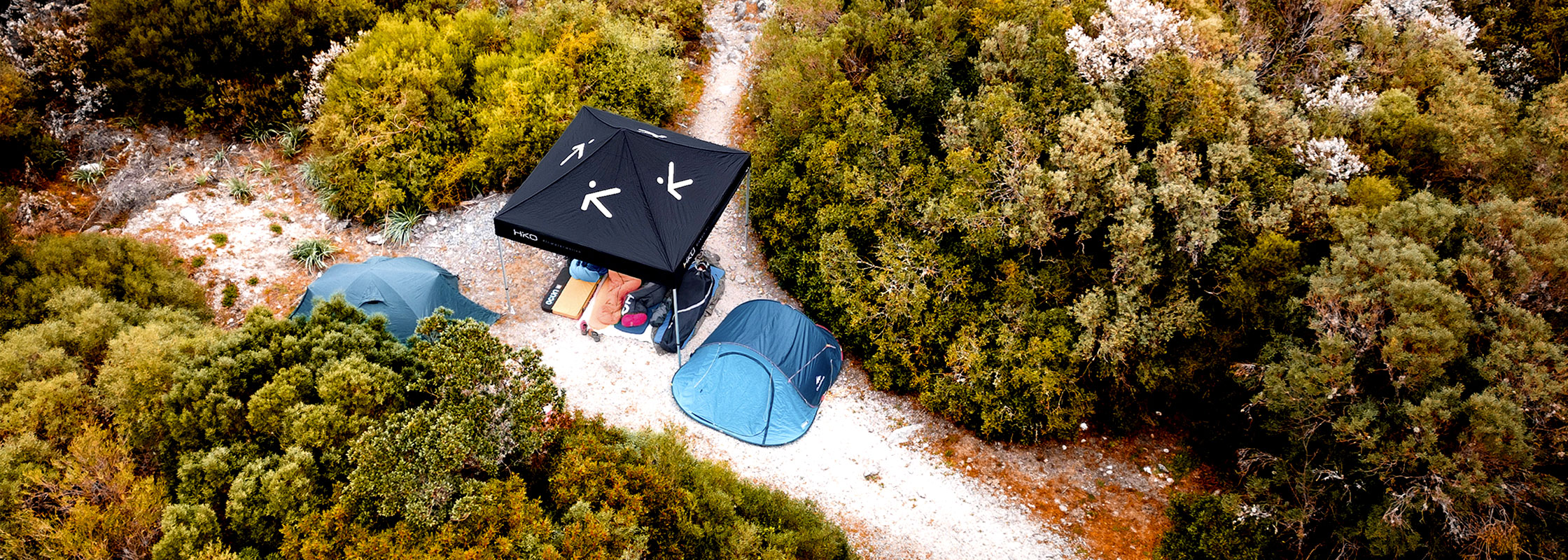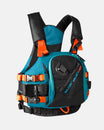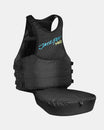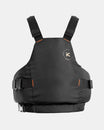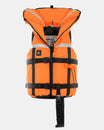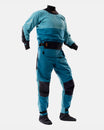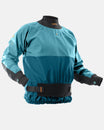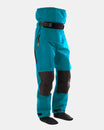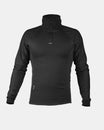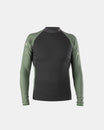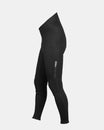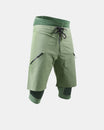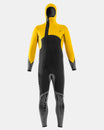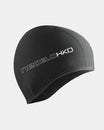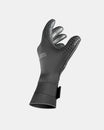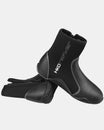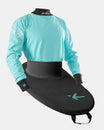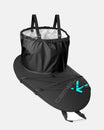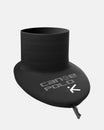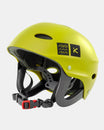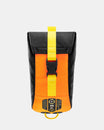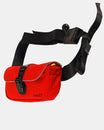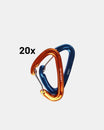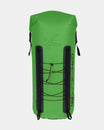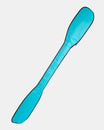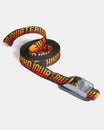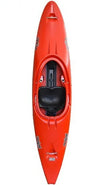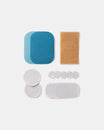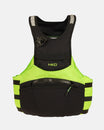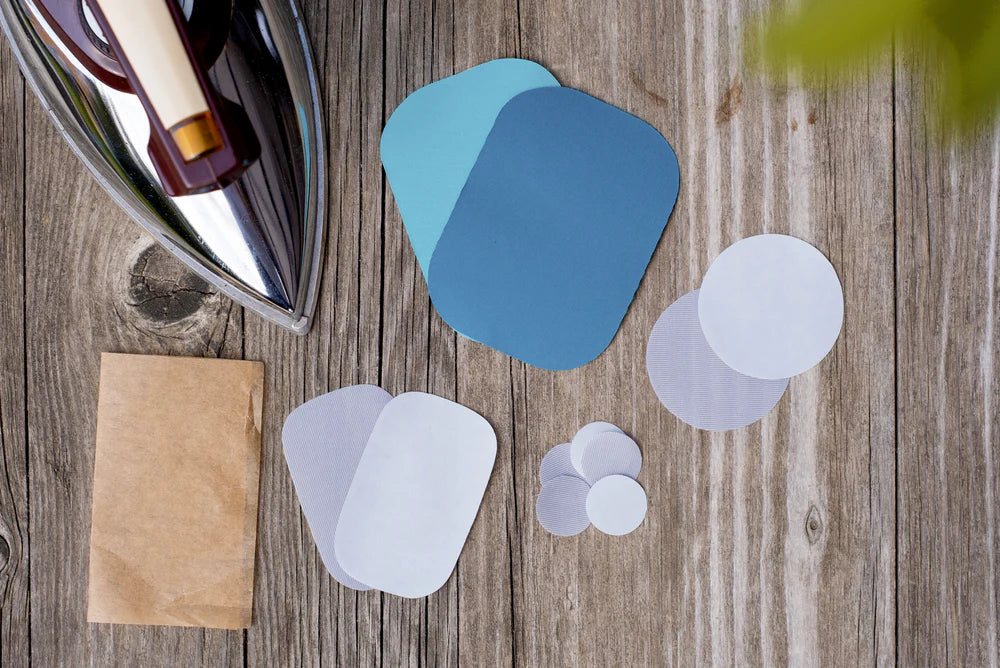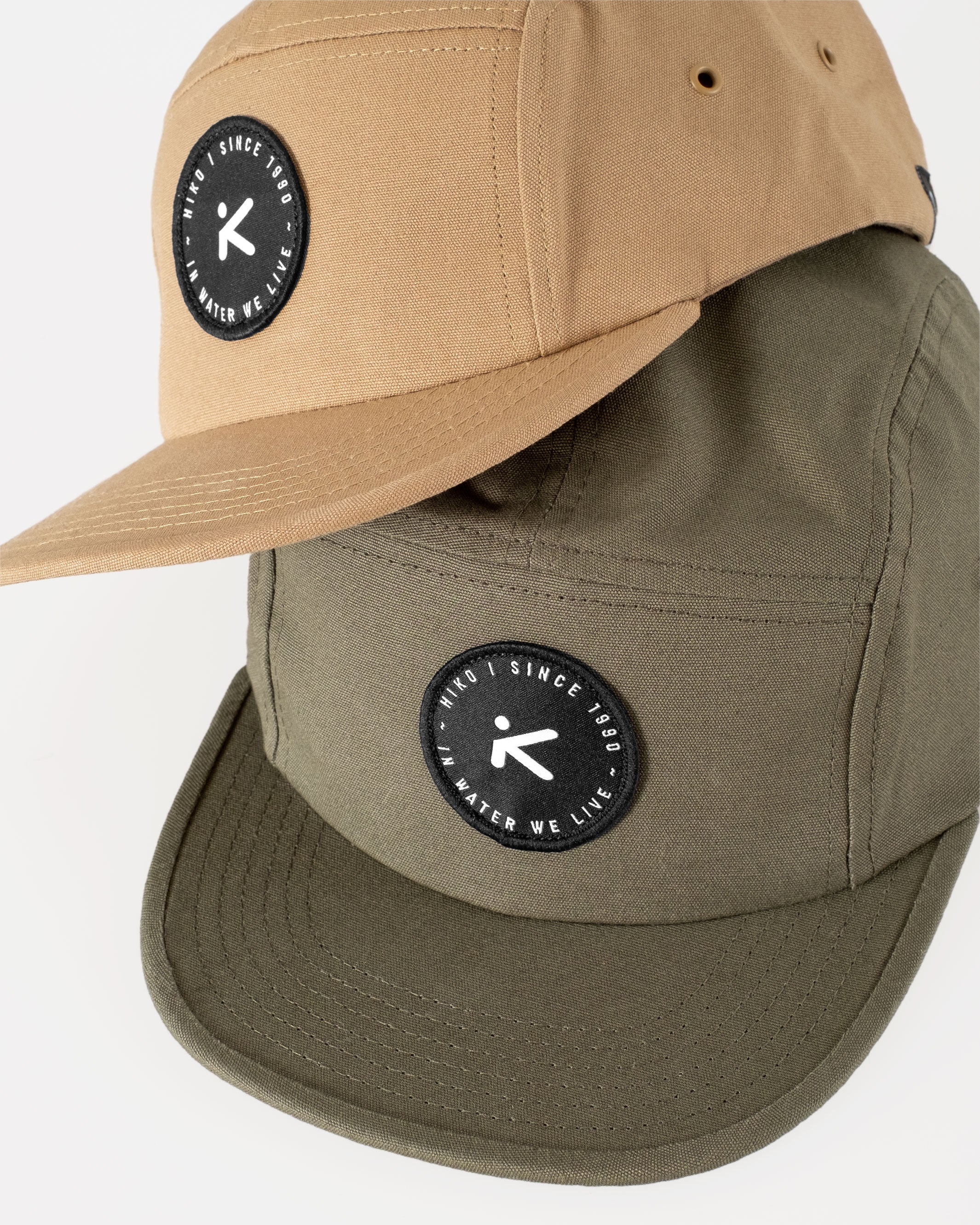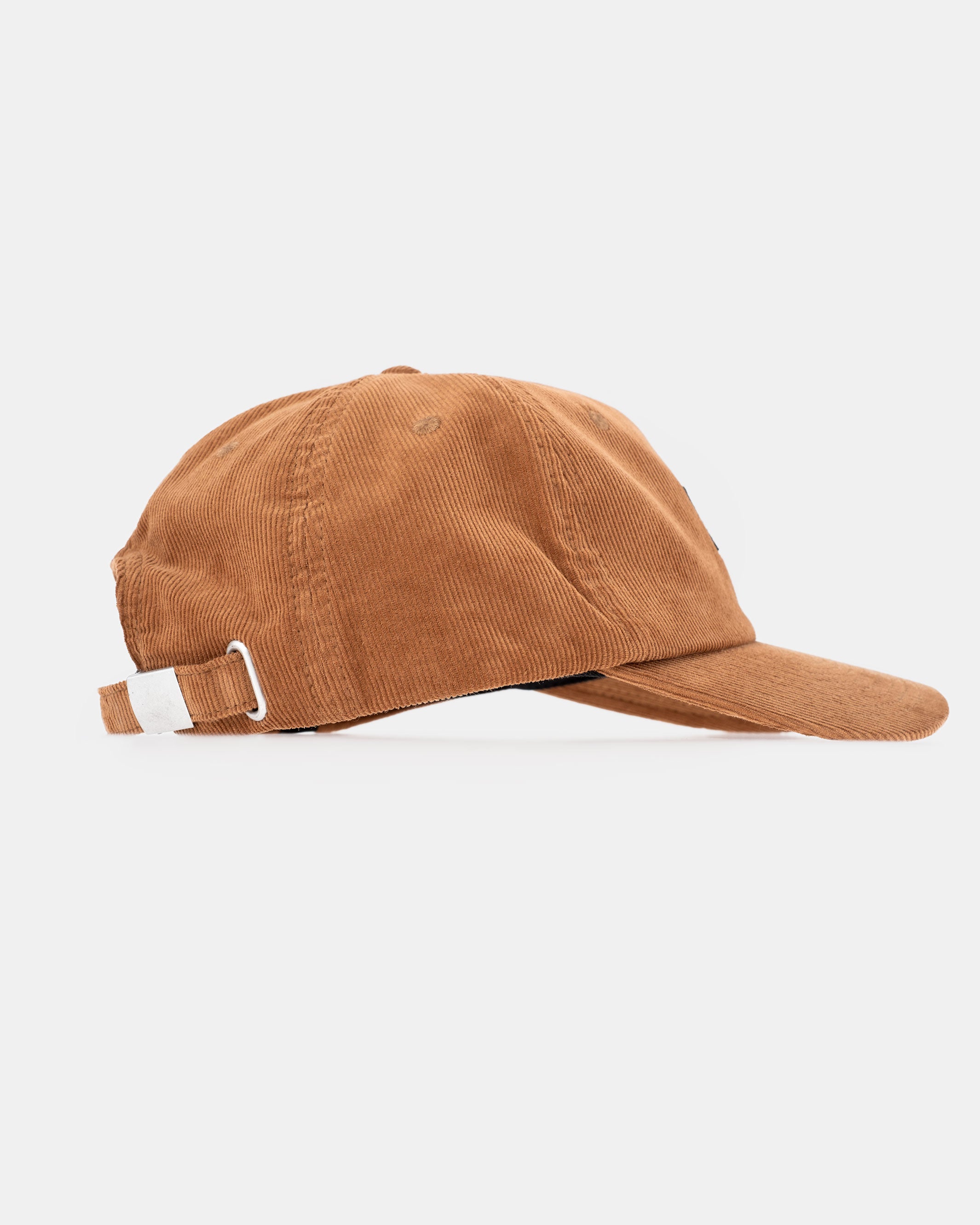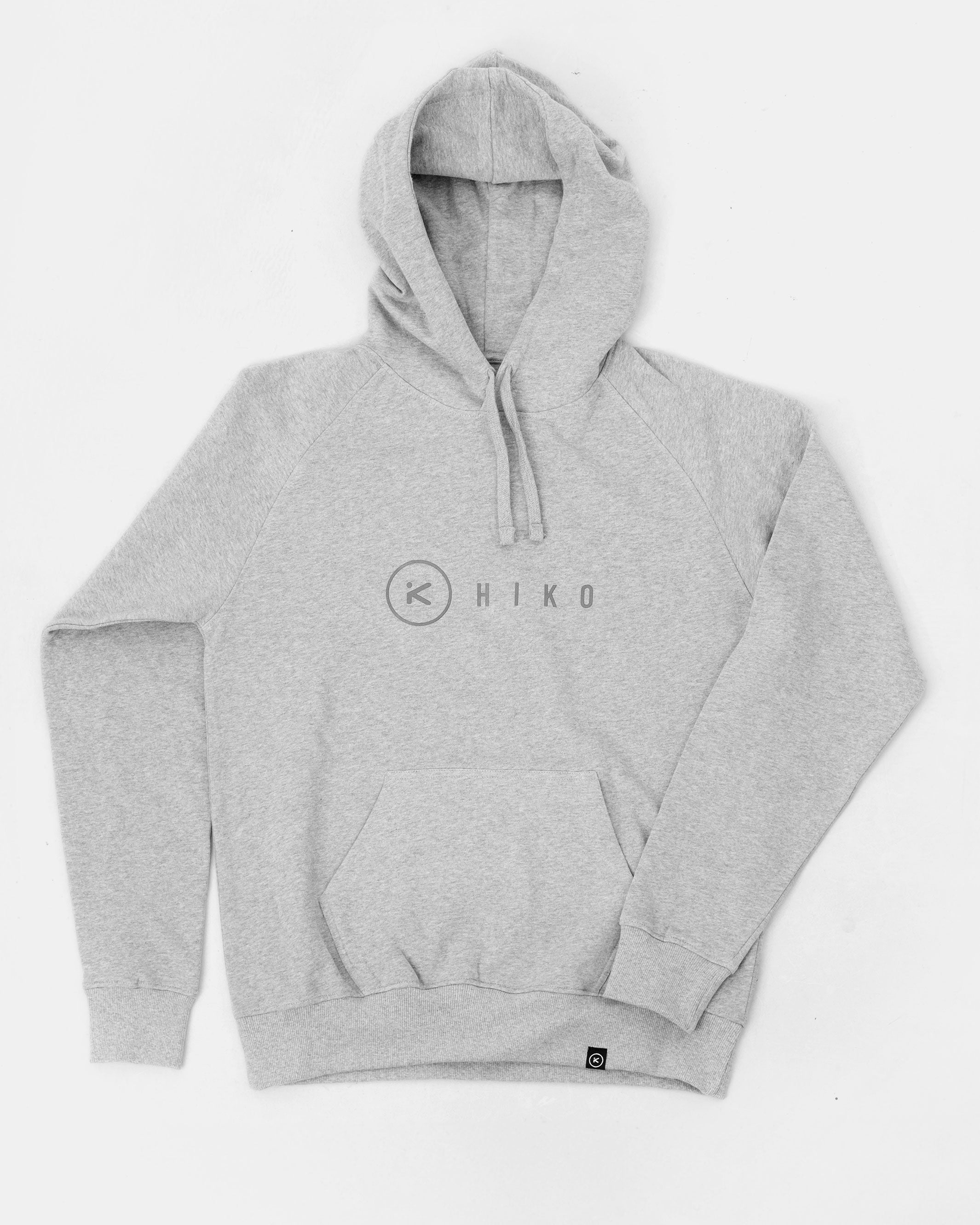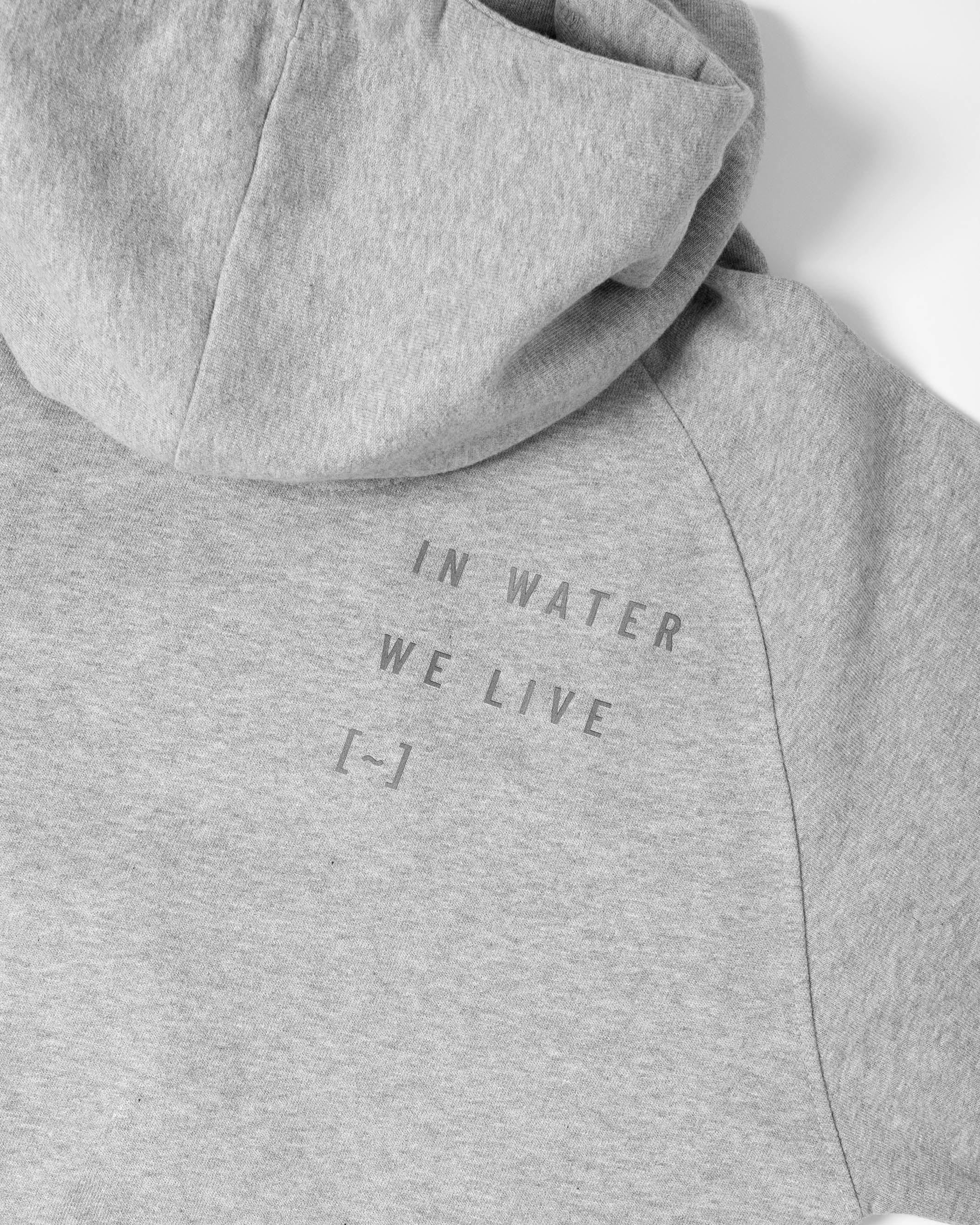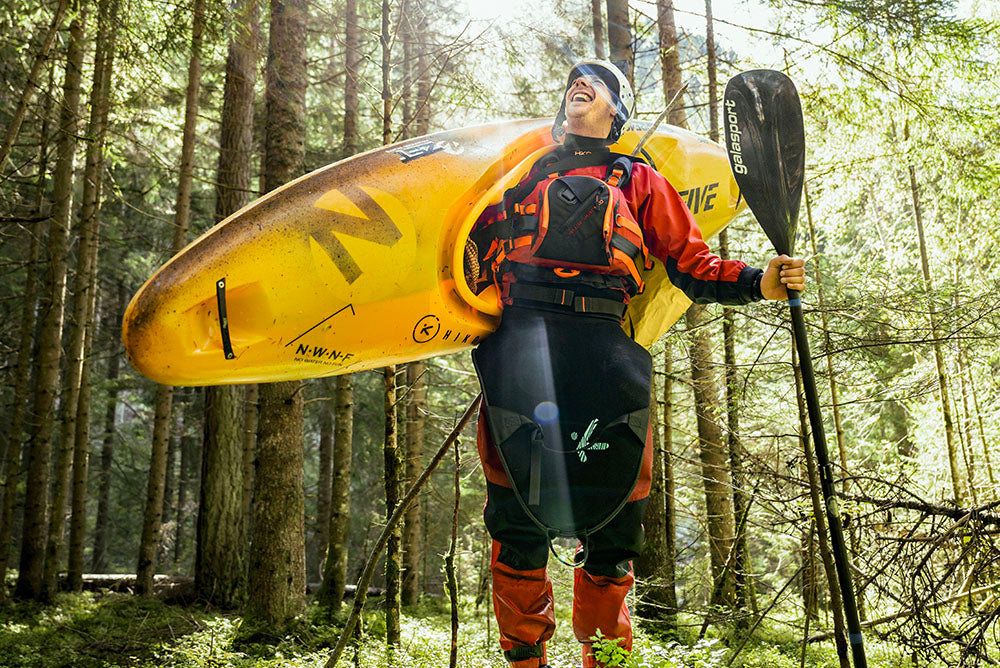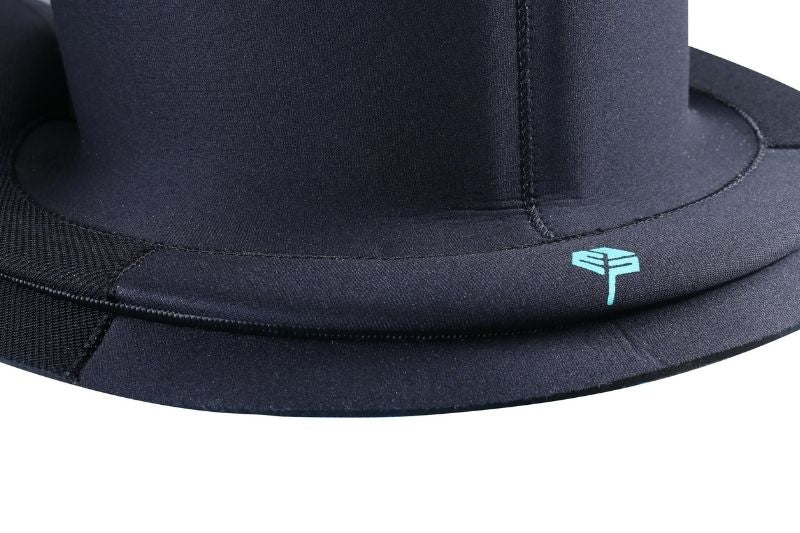Two weeks to your Spring trip you find your dry suit is more of a splash proof onesie with a bulky zipper. Other than being mad at yourself for procrastinating with the gear check you are also stuck with a difficult decision; are you going to send it for a repair risking that you will not have a suit at all or buy a new one?
Seeing this too often and being there ourselves we put our thinking hats on and thought of a better way. We figured out how to prolong the life of a perfectly good suit, cut the repair cost to zero, change the two-way shipping to no shipping, and reduce the wait time to no time at all.
The solution is easy to use and it is included with all our dry gear. A repair kit is our way to think sustainably.*

How does the Air4 Repair Kit add value to my product?
- Repair anytime anywhere - You will most likely be paddling when you find out that your dry gear is leaking. Maybe it is a multi day trip and you are half-way through a canyon. What if you could patch your suit with nothing more than fire and a kettle?
- Repair faster - No need to wait for your suit to come back from our factory. The season does not wait, nor should you.
- Cost effective - cost of shipping there, back and the cost of repair is eliminated.
- It looks good - no more slimy patches on your dry gear. The repair kit is color coded to match your dry gear
Air4 Repair Kit includes:
- Repair Patches
- Parchment (baking) Paper
List of things you will need to find at home:
- Iron (ideally with temperature regulator)
- Smooth ideally synthetic cloth to soften the surface
- Peace of Cardboard
- Scissors
Air4 Repair Kit - Step by step:
- If the puncture is bigger you will want to patch the outer surface of the material first. Note: The outer surface of the patch will match your dry gear.
- You can adjust the area of the patch with scissors. Avoid creating sharp corners and make sure the entire hole is covered with a minimum of 2 cm overlay in all directions.
- Place a barrier between the material you are repairing and the one that lays under. Cardboard is a good material to use. Make sure both layers of the material lay flat in the area you are repairing.
- Peal off the paper from the patch and then apply the sticky side onto the hole.
- Place the parchment paper over the patch to prevent melting the membrane.
- If your iron has a temperature control, set up the heat to 160°C.
- Apply pressure and move the iron over the entire surface of the patch. Do not keep the iron in one place for more than 4 sec. It is better to go over a single spot multiple times rather than staying on it for too long.
- If possible, cool down the surface rapidly. This will allow the glue to stick better. You can repeat the whole process multiple times until the patch is firmly attached.
- (Note: if you cannot control the surface temperature on your iron be extra careful about not going over the time limit, move the iron around more frequently and repeat the process of heating and cooling multiple times)
- Then turn your dry gear inside out and fix the hole from the inside.
- Place cardboard between the two layers again and make sure the material lays flat. Select the most appropriate size from the available patches. You can also adjust the size of each patch with scissors. Again, avoid sharp corners - those tend to peal off.
- Place the patch on the hole with the lighter side facing down.
- Cover the patch with parchment paper. Repeat steps #7 and #8.
- Your gear is fixed and you are ready to go!
In an emergency situation - when you make a hole in your suit in the middle of a multi-day trip for example - you can heat up your cook wear to substitute for an iron. The same that goes for an iron applies with any other hot object - be careful not to press one spot for too long so don't damage the membrane. Using improvised tools you can't expect the patch to hold as well as it would with an iron but will keep you dry through the critical period. Once you have access to an iron again, it would be good to run it over the patch and cool it to make sure it will not peel off.
*Humans are comfortable by nature. After all, it is the pursuit of comfort that drives us to innovate. Sustainability is a conscious effort to think selflessly. It does not come to mind naturally (no pun intended). And without adoption, a solution is just a theory. That is we can argue that the most effective environmentally conscious solutions are those where sustainability is a side effect to increased convenience.


